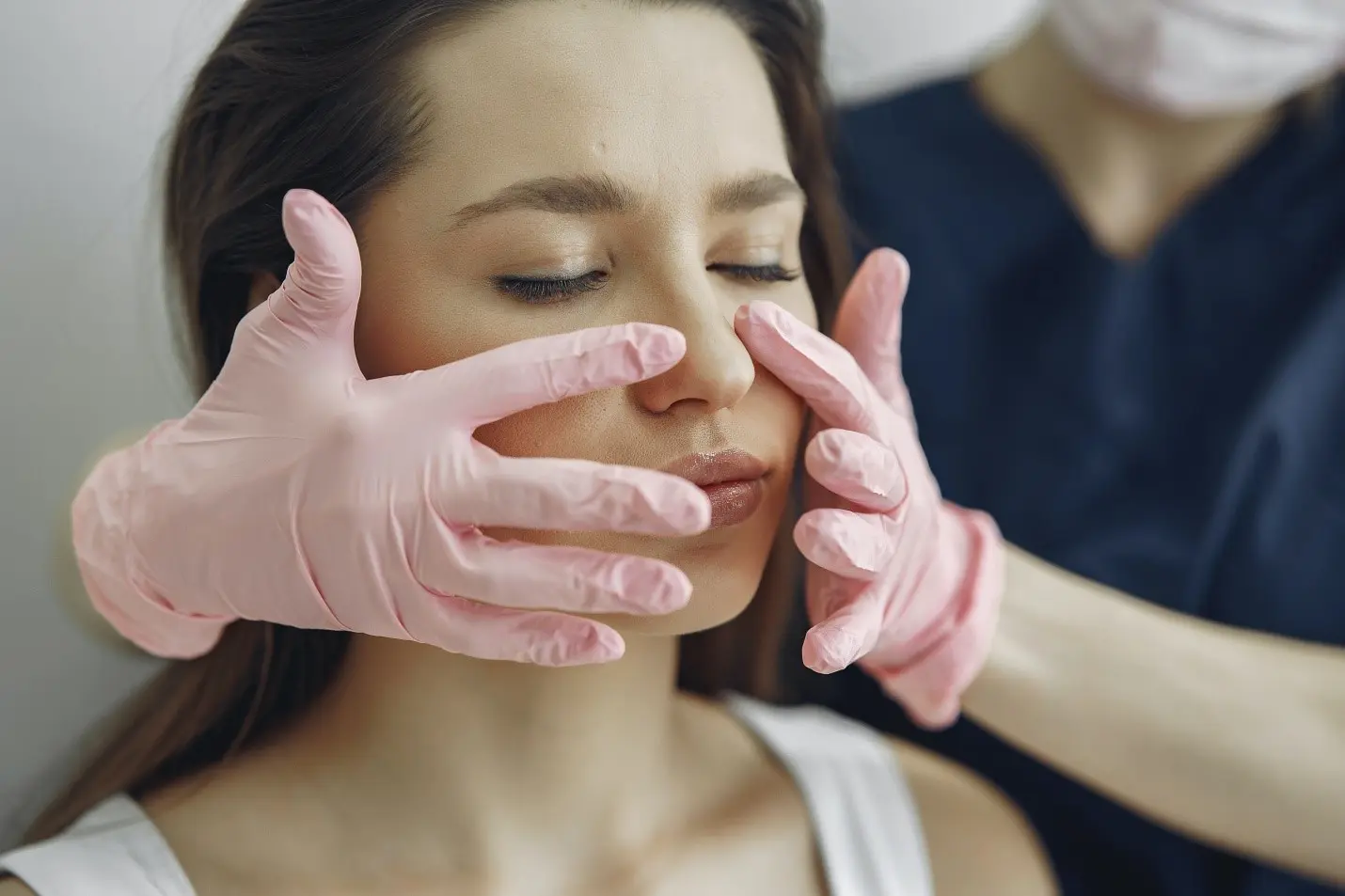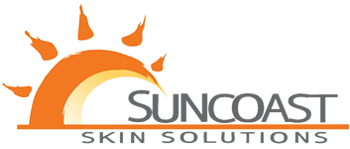
Cosmetic dermatology has faced numerous advancements in the past few years. Achieving smooth and flawless skin, which was once a dream for many, is now easily achievable through dermatological treatment. As you must know, dermatology is a medical field that deals with skin, hair, and nail issues, but in the past decades, dermatology has also dealt with aesthetics. This means even if you do not typically have a problem with your skin or features, you can work on its aesthetic and achieve a more enhanced and improved appearance.
There are various treatment methods and procedures that are being used today, from surgical to non-surgical methods. People now have ample treatment options to choose from for their skin. One such surgical and popular treatment method targeted to the skin is dermabrasion.
Dermabrasion is a common name in the beauty and aesthetics industry today, which is why we are sure you must have heard about it at least once. But if you haven't, this is the right place for you.
Today, we have compiled all you need to know about dermabrasion to help you decide whether you need to get the procedure or not.
What is Dermabrasion?
Dermabrasion, also known as surgical skin planning, is a dermatological procedure that is targeted to the skin. It is known as a skin-resurfacing procedure as it helps remove the outer layer of the skin to achieve a new and much smoother layer, which is usually free of scars and marks. The procedure is either done by a plastic surgeon or dermatologist who uses a specialized rotating device or instrument to "sand" or scrape away the outermost layer of the skin. This abrasive action of the skin improves the skin contour and unveils new skin.
What Can Be Treated Using Dermabrasion?
Dermabrasion is a procedure that was first introduced to help reduce acne scars or pox marks – however, today, the procedure has become quite advanced and is used to target various skin problems and to revise over time damage done to the skin.
Here are some conditions that you can treat using dermabrasion:
- Scars from injuries or surgeries
- Tattoos that you want to remove
- Potentially precancerous patches on the skin
- Non-cancerous (benign) skin growth
- Sun damage on the skin
- Age (liver) spots and freckles
- Fin likes and wrinkles – especially near the mouth
- Red, thick skin on the nose (rhinophyma)
- Pox marks and scars
- Stretch marks
Even though there are many other treatment methods for these conditions, dermabrasion is gaining much popularity in this regard. However, it is still important to make sure your doctor chooses the treatment method for you instead of the other way around to ensure it's the best way forward for you.
What Happens During the Dermabrasion Procedure?
Dermabrasion is a surgical procedure that is done at a dermatologist’s office. During the procedure, the dermatologist uses a small, handheld motorized device that moves across the skin of the client. They give a contracting pressure throughout this time, which helps in abrasion. Other than that, the device itself has a brush or wheel attached to the tip of the device, which allows the removal of the outermost layer of the skin.
The procedure can take a few minutes to an hour but solely depends on the area you want to cover and the amount of work you need. For example, if you wanted a full face and you had deep scarring on your skin, then it might take more time or even require you to get the procedure done in a few stages.
What is the Recovery Time for Dermabrasion?
Dermabrasion typically takes about 2 weeks of time for the skin to heal, but its take takes several weeks and sometimes even months to see complete results. However, it depends on a lot of factors, such as your age, skin type, the intensity of treatment, and the area of the skin that you covered. But most importantly, how much care you are taking post-surgery. For a less invasive treatment please see our article on microdermabrasion.
Who is Fit for Dermabrasion?
You already know the conditions you can target using the dermabrasion technique, but this doesn't matter whether you can get the procedure done or not. You might have the same issues as mentioned above, but not everyone with these skin conditions is fit for dermabrasion. For example, the two factors to consider to make sure you are eligible for the treatment are your medical history and skin type.
People with dark or colored skin might not be the best fit for the procedure because they can permanently discolor their skin – which might not be what you like to happen. Similarly, people with medical or skin conditions, such as skin reactions, cold sores, fever blisters, or allergic rashes, can risk these conditions flaring up post-dermabrasion. Hence, it might not be the right fit for the procedure.
Moreover, people with acne-prone skin are also at risk of developing an infection due to abrasion; hence, you have to be careful about that. However, one great thing about dermabrasion is that it is suitable for people of all ages. But it is important to note that with older age, it becomes harder to heal, and aged patients may take more time to recover.
Should You Get Dermabrasion?
Dermabrasion is one of the most effective surgical skin resurfacing procedures that can help you achieve the flawless skin that you desire. This is one reason it is also very popular among people of all ages – however, there are certain things that you might want to consider before opting for the procedure. If you think, as per the requirements mentioned above, you are eligible for the treatment, and then this is a good treatment option to help you get perfect skin. But don't forget the final answer should always be by your dermatologist; if your dermatologist believes that dermabrasion is the perfect fit for you, then you should not hesitate in going for it. Need more information? See our dermabrasion page here.
SunCoast Skin Solutions Dermatology offices are located in Tampa / Hillsborough, St. Pete / Pinellas County, Brandon, Lutz, Winter Haven, Largo, Hudson, Leesburg, Riverview, Brooksville, Clearwater, Ocala, Palm Harbor, Daytona Beach, Sarasota, Punta Gorda, Seminole, Florida. Contact us at 1-844-786-3376 or click here.

Recent Comments